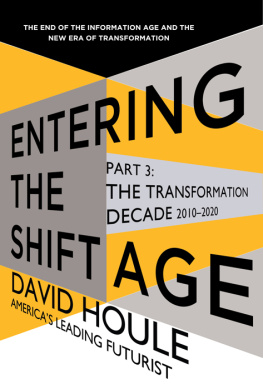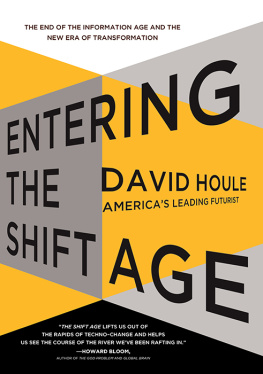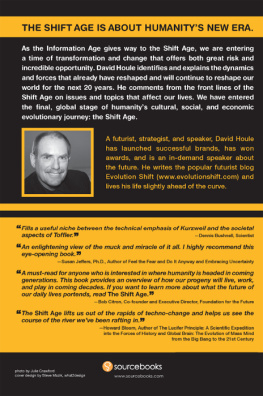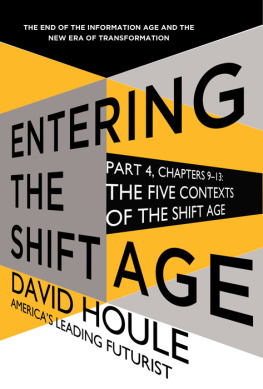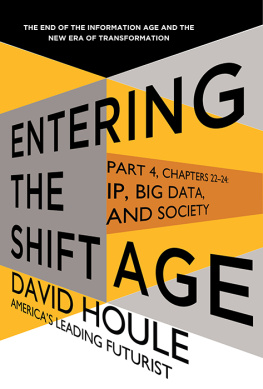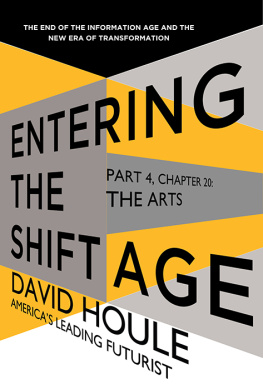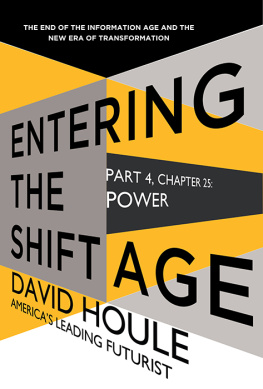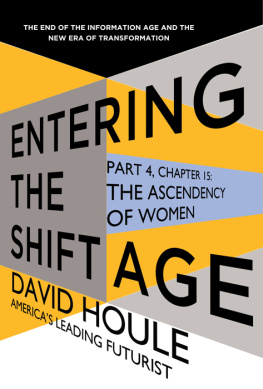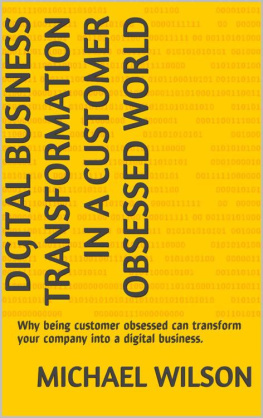Cover and internal design 2012 by Sourcebooks, Inc.
Sourcebooks and the colophon are registered trademarks of Sourcebooks, Inc.
All rights reserved. No part of this book may be reproduced in any form or by any electronic or mechanical means including information storage and retrieval systemsexcept in the case of brief quotations embodied in critical articles or reviewswithout permission in writing from its publisher, Sourcebooks, Inc.
This publication is designed to provide accurate and authoritative information in regard to the subject matter covered. It is sold with the understanding that the publisher is not engaged in rendering legal, accounting, or other professional service. If legal advice or other expert assistance is required, the services of a competent professional person should be sought. From a Declaration of Principles Jointly Adopted by a Committee of the American Bar Association and a Committee of Publishers and Associations
All brand names and product names used in this book are trademarks, registered trademarks, or trade names of their respective holders. Sourcebooks, Inc., is not associated with any product or vendor in this book.
Published by Sourcebooks, Inc.
P.O. Box 4410, Naperville, Illinois 60567-4410
trans-for-ma-tion [trans-fer- mey -sh uh n], noun
1: the act or process of transforming.
2: the state of being transformed.
3: change in form, appearance, nature, or character.
Merriam-Webster Online Dictionary
Remember back in 1999, when the dominant question asked in the latter part of the year was What are you going to do and where are you going to be on New Years Eve?
The general thinking was that we were crossing into the new millennium, since all four digits were going to change. Now we know that the new millennium actually started in 2001, but as humans we seem to look at dates as though they were on an odometer. Because the 19992000 New Years Eve had all four digits rolling over, like a noteworthy mileage event on ones odometer, the significance felt great. Thus, in practice around the world, it became the Millennial transition.
The same thing happened toward the end of 2009. Mainstream media spent the latter part of December 2009 wondering out loud what the decade just ending had actually been called and what we might call this new decade. So, on the interesting digital date of 01-01-10, I published a column naming this new decade The Transformation Decade.
The huge and immediate reaction to this column gave me pause to reflect even more deeply on the naming of this decade and the word transformation .
Seeing how much the three fundamental flows of the Shift Age were changing the world, the word transformation seemed to be a perfect description of what will happen in the decade of 20102020, when humanity and most of its institutions will transform.
This means that companies, institutions of any kind, and the way we think will all experience a change in form, appearance, nature, or characteror will no longer exist or have much strength going forward.
The Transformation Decade is the first full, delineated decade of the Shift Age. By 2020, it will be clear to humanity that we are living in the Shift Age, but for now, the world is just coming to grips with this transformation.
An Inflection Point in History
We are living in and through one of the most transformative times in human history.
Think about the fact that in 2012, when this book is being written, we are just a bit more than one percent through this new millennium. The last time that statement could have been true was the year 1012, when it was the middle of the Dark Ages in Europe and the Vikings ruled the seas.
But the transformation we are experiencing today is even more profound than the one in 1012. We are actually experiencing four major changes:
We are living in a new century.
We have entered a new age, the Shift Age.
We have entered a new decade, the Transformation Decade.
We are living in a new millennium.
All of this aligned at one period of timewhat an amazing inflection point in history.
As I wrote earlier, the speed of change has accelerated to the point where we live in an environment of change. I think that most readers would agree that the speed of change is at least ten times faster than it was in 1012. If you accept that premise, then the amount of change that humanity has experienced in the last 1,000 years will be the amount of change we experience in the next 100!
Upon reflection, that idea is easy to embrace. The majority of change in the past 1,000 years occurred in the last 400 years, and most of the change of that time occurred in the last 100 years. The rate of invention, discovery, scientific inquiry, and technological innovation has exploded in the past 100 years, and even more so since the beginning of the Threshold Decades in 1985.
Thus, I actually believe that the speed of change is 100 times faster than it was in 1012. If this is true, then the amount of change humanity has experienced in the last 1,000 years could be equal to the amount we experience in the next ten!
No matter which rate you go with, it is amazing that sometime between the next ten and 100 years, we will experience the amount of change we have experienced in the last millennium. Another way of saying this is that, if a lifetime is fifty years, then all the change of humanitys last twenty lifetimes could well be replicated in the lifetime of those now alive.
Just stop a minute and really think about what that means. Think about what the world looked like in 1012 compared to today. There were no real nation-states. There was almost universal illiteracy. Little was known about the Planet Earthlet alone its place in the universe, which was a concept yet to be held in human minds. It was called the Dark Ages for a reason. Compare the change between then and now, and imagine that amount of change taking place in the next ten to 100 years. No wonder we feel disoriented and question what lies ahead!
We are indeed living at an inflection point in human history and evolution.
Another way to look at the Shift Age as a key inflection point in history is through the filter of fundamental changes in personal communication. As we saw in the last chapter, the Accelerating Electronic Connectedness of the planet has forever changed our perception of time, distance, and place. This is a communications inflection point. And it is preceded by a history of age shifts triggered by changes in communications.
An age shift often seems to coincide with major changes in portable communication media. The time it takes between the changes is roughly shrinking by a factor of ten. Take a look at the timeline on page 7.
The prospect of continuing this pace boggles the mind. Will there be a time soon when, within a period of six months, we have another hyper-leap in human communication? Perhaps not right now, but in the future, it could be probable.
Another way to look at this progression is to accept that we have now arrived at the true moment of presence, the immediacy of communication with no time, distance, or place.
We have arrived at a seminal moment in the history of human communication.

